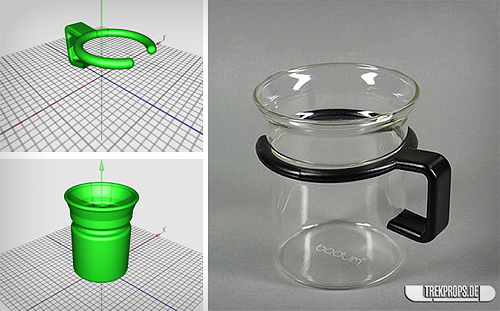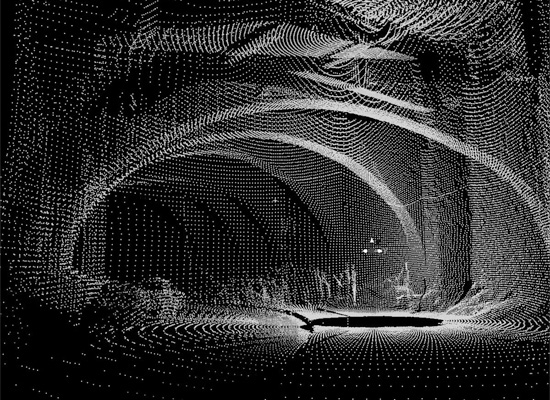As an art person I’ve enjoyed a good amount of time around lithography and other drawing media, and now I’m engaged to a children’s book illustrator who largely works in watercolor, so I’ve spent a fair amount of time at art supply shops buying paper. One thing has bugged me for years about our fine rag paper purchases, though: what’s up with the “BFK” in “Rives Arches BFK”? I’ve asked professors, professional printers, other artists, and even the Internet, with no great leads, but I finally coaxed the answer out of Google today. From The Albumen & Salted Paper Book: The history and practice of photographic printing, 1840-1895:
It is no wonder that only two paper mills in the world managed to consistently produce a paper of the necessary quality, and these two mills were able to maintain their monopoly from the 1860’s until approximately World War I. They were the above-mentioned Blanchet Frères et Klébler Co. in Rives, France (hence their product was known as the “Rives” paper) and Steinbach and Company, located in Malmedy, Belgium (at that time part of Germany). Steinbach paper was known outside Germany as “Saxe” paper.
The product that established their paper monopoly (duopoly?) — the exploding new field of photography! More to the point, 3D stereography, the Victorian postcard origin of a Tumblr meme:
In the late 1850’s and especially after 1860, two new factors in photographic technology and practice generated a great demand for albumen paper. The first of these was the stereograph; its ability to transport the viewer to distant scenes with the illusion of three-dimensional reality depended largely on the smooth surface and fine detail of albumen paper. Stereo views were extremely popular, and created a corresponding demand for albumen paper. Nearly all stereo views before 1890 were made on albumen paper.
This 3D thing will catch on one of these days…





